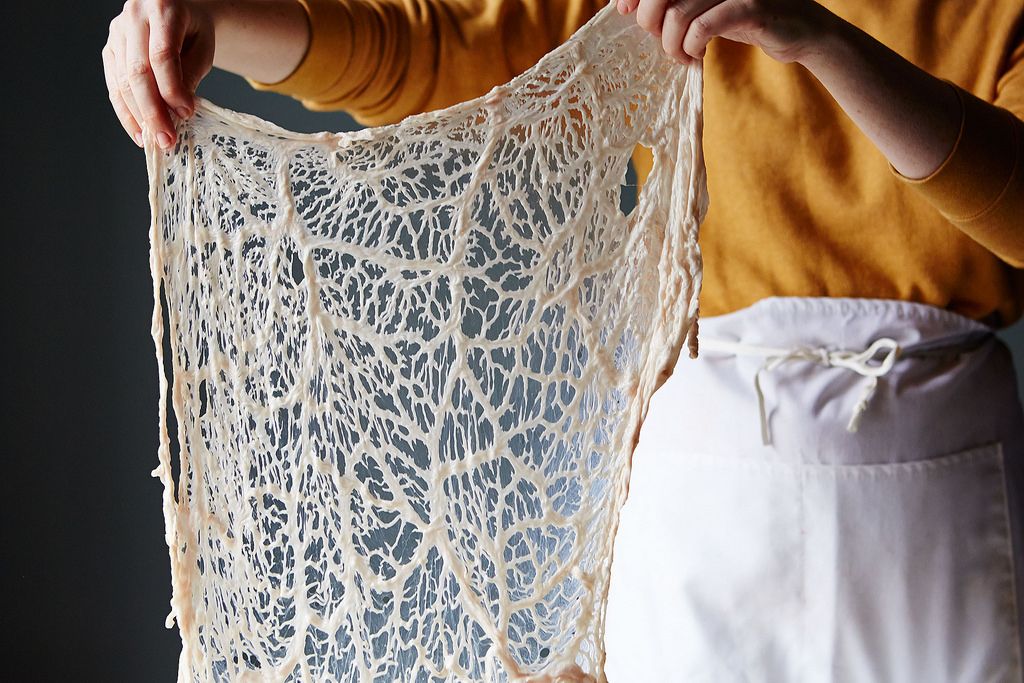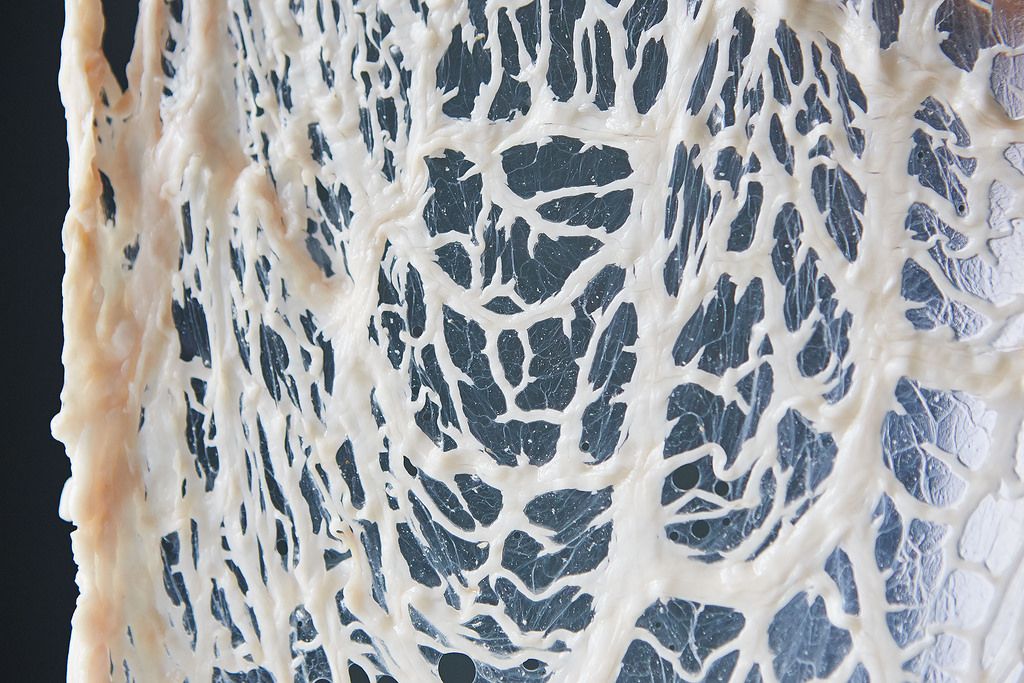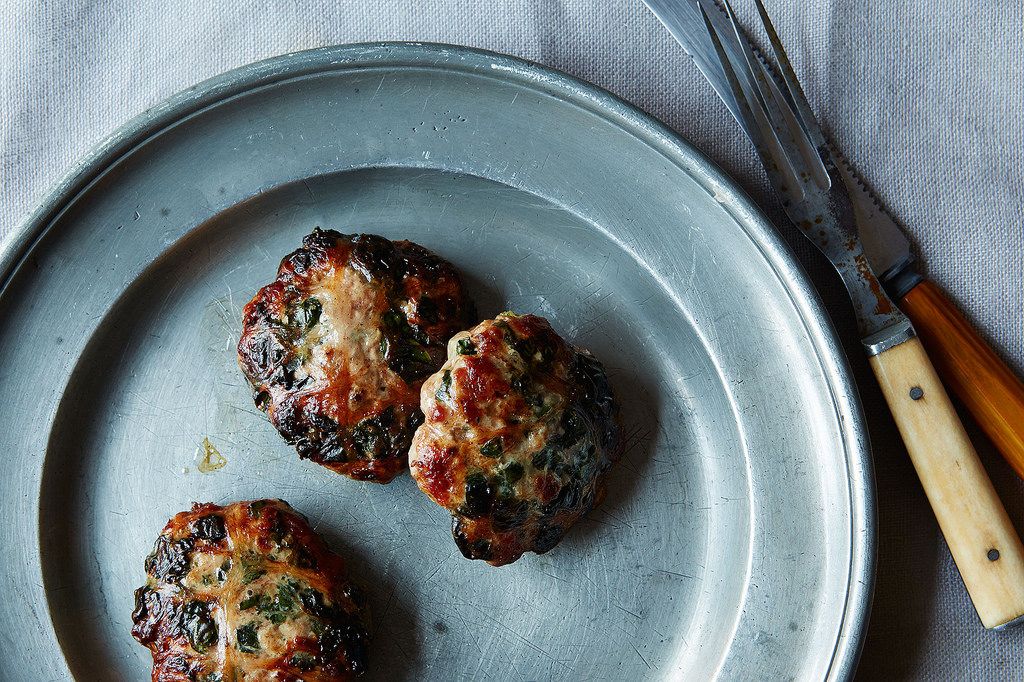Every Friday, Cara Nicoletti of The Meat Hook helps us get to know our favorite cuts of meat a little bit better – and introduces us to a few new ones, too. Read on, study up, then hightail it to your nearest butcher.
Today: Wrap your sausage and pâtés in lacy caul fat -- they'll look prettier and taste better, too.

Last week we talked about leaf lard, which is the Rolls Royce of fats. This week we’re going to talk about caul fat, which is the 1994 Subaru Outback-that’s-still-running-like-a-champ of fats. Somewhere in between there is fatback, which is, I guess, like a Jeep. I don’t know anything about cars. Can we start over?

Caul fat is the membranous fat that surrounds the digestive organs of pigs, cows, and sheep. Visually, it’s the most beautiful of all the fats; it looks a lot like a delicate spiderweb. Pork caul fat is the usually the easiest to find, and also, in my experience, the best to work with.
Caul fat goes by many different names; its technical name is the “greater omentum,” but it can also be referred to as fat netting, mesentery, lace fat, crépine (French), or ragnatela (Italian). While it doesn’t make a great fat for rendering or cooking, like kidney fat (lard) or fatback, it's perfect for wrapping pâtés, meatballs, sausages, or roasts to keep them moist while they cook.
Because it’s animal fat, caul fat can withstand high temperatures. During cooking, the caul fat slowly renders out, basting the meat with fat, keeping it from drying out, and adding an extra layer of richness. Despite the fact that it surrounds the digestive organs, caul fat doesn’t have an unpleasant or “organy” flavor at all; it’s so mild that most people don’t notice it at all.

Many traditional cuisines use caul fat in a variety of ways: Italians use it to wrap fegatelli, Cypriots use it for sheftalia, the English use it for faggots, the French for pâtés and crepinettes. In the Bordeaux area of Aquitaine, truffled pork crepinettes are served alongside oysters, which may seem like a strange combination, but it works beautifully. The bright brininess of the oysters are a perfect counterpoint to the richness of the fat and truffles.

Because black truffles aren’t exactly cheap or easy to come by, today we’re going to make some crepinettes with much more relaxed ingredients. Some wilted greens, browned shallots, and a little nutmeg -- it’s winter wrapped in a tiny, beautiful bundle. Wash them down with a minerally white wine and some plump oysters.

Crepinettes with Kale and Shallots
Makes 15 to 20 crepinettes
1 small shallot, minced
1 tablespoon unsalted butter
2 large handfuls lacinato kale, destemmed
2 pounds ground pork shoulder
1/4 cup freshly grated Parmesan cheese
1/4 teaspoon freshly grated nutmeg
1/4 teaspoon lemon zest
1/4 teaspoon kosher salt
1/4 teaspoon black pepper
1/4 cup dry white wine
1/4 pound caul fat (make sure it's been cleaned)
2 tablespoons neutral oil, like vegetable oil, for cooking
See the full recipe (and save and print it) here.
Photos by Mark Weinberg






See what other Food52 readers are saying.